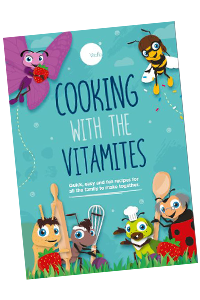Taking your Toddler’s Blood Spot Samples
Overview:
Your child is now at an age when you can involve them in taking their blood spot samples.
This is a great time to get them into good habits for the future, when they will take their blood spot samples themselves, as it’s an essential part of PKU management.
Tell, Show and Do Method
Involve your child
Support for you
Once the sample is done


